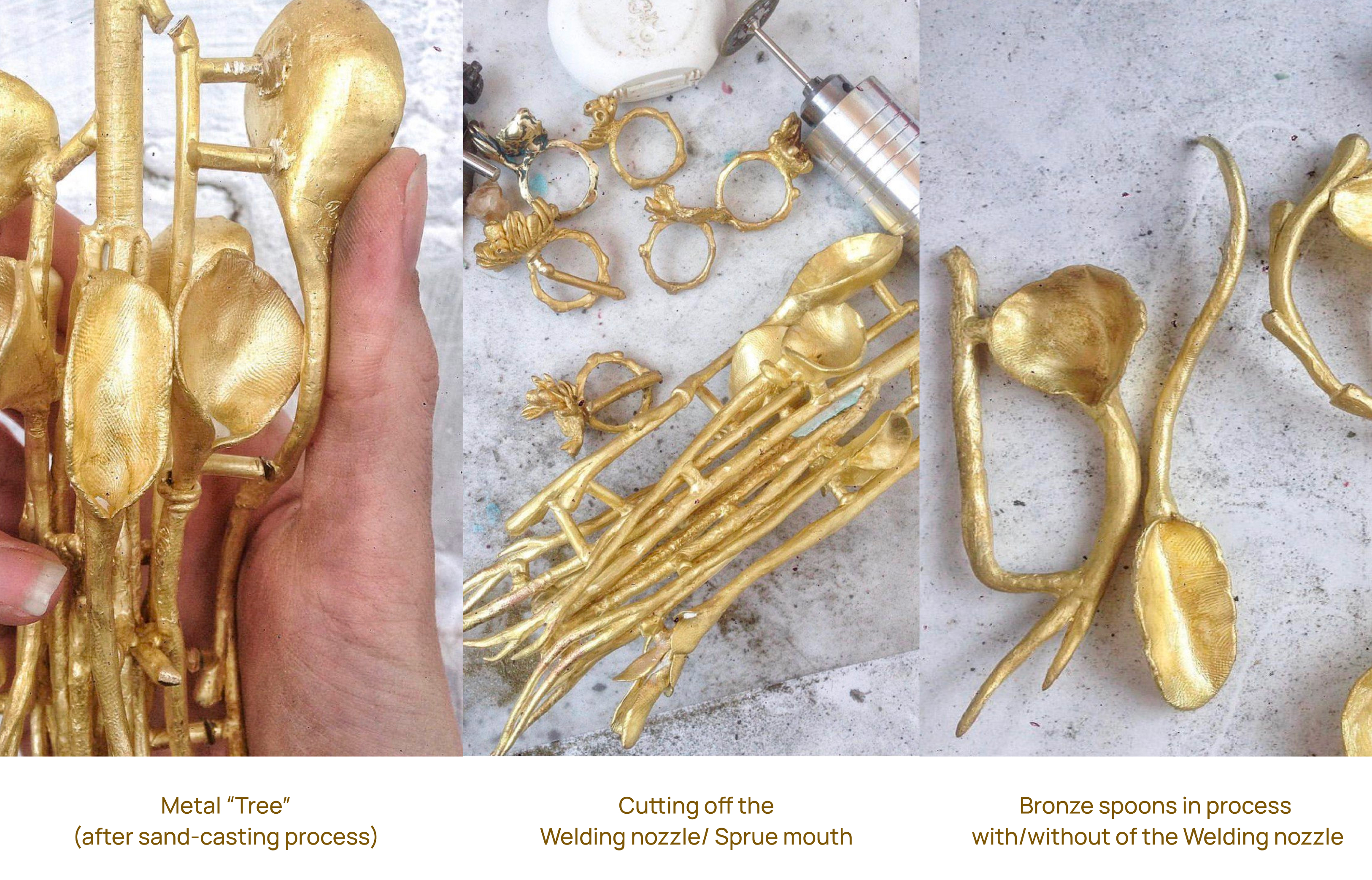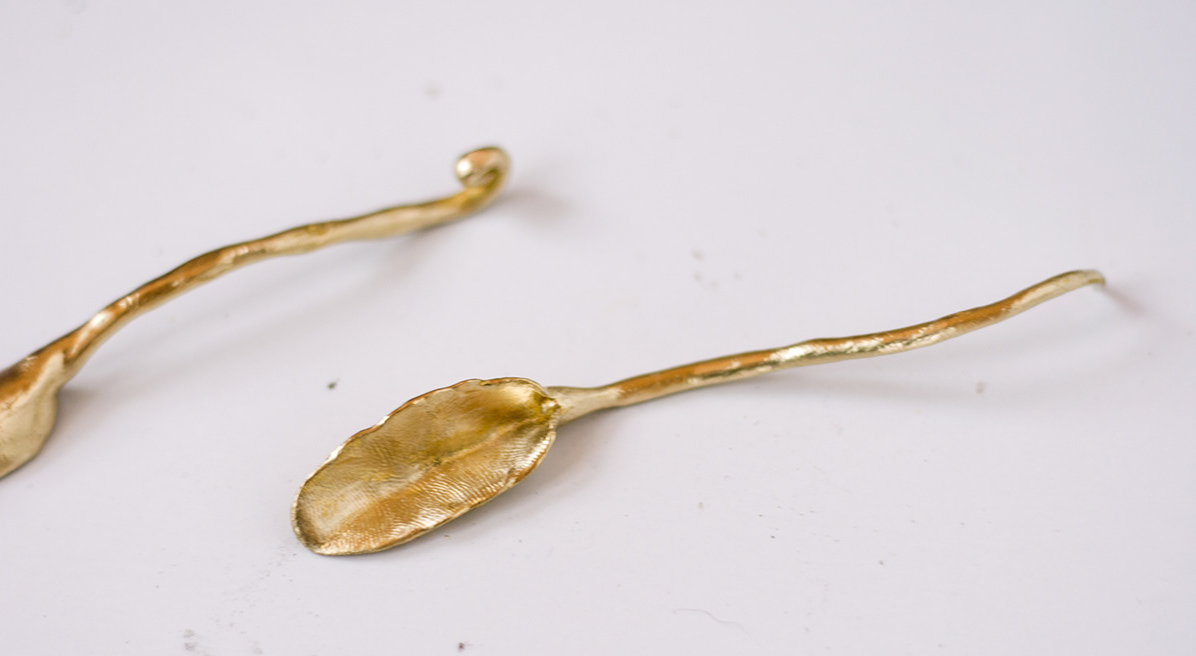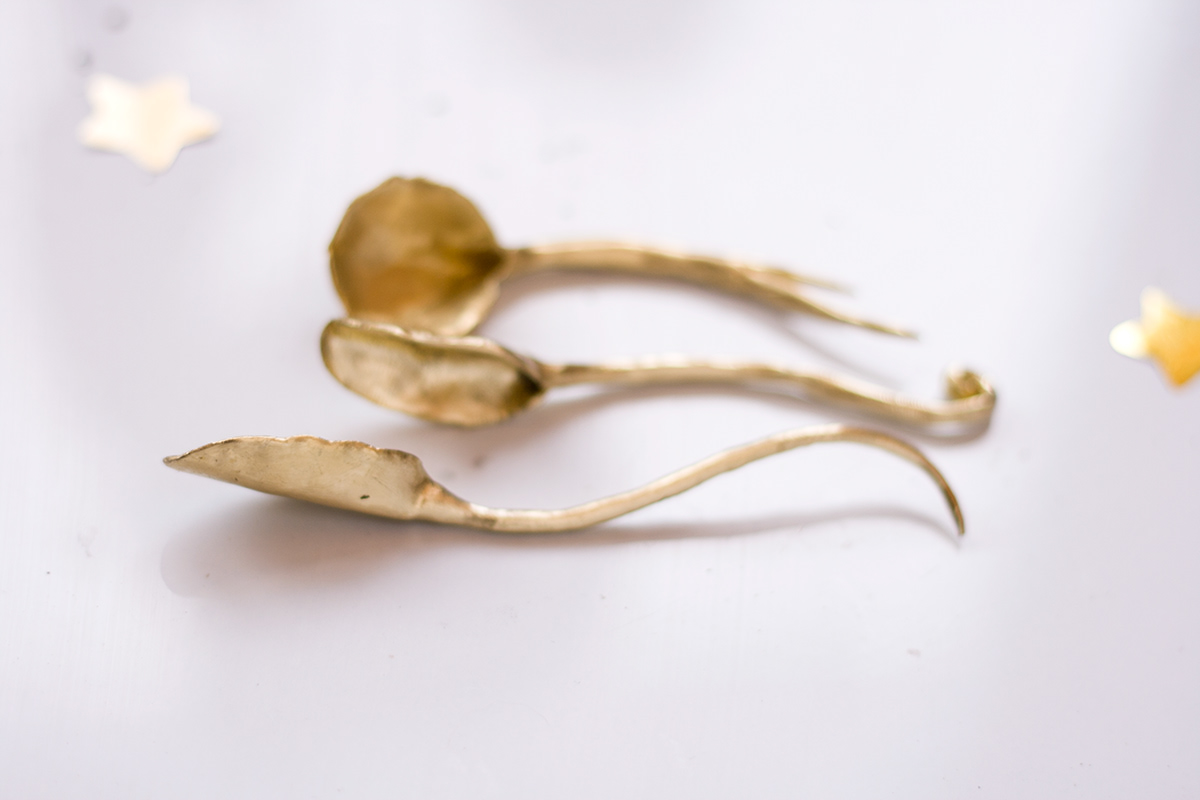Spoon Collection
Material design case study: Use of age-old technologies. Metal Casting.

Multidisciplinary Designer
Material Objects
Metal Casting
Bronze
4 months
Introduction
The Bronze Age
was a historical period lasting from approximately 3300 to 1200 BC. It was characterized by the use of
bronze, the use of writing in some areas, and other features of early urban civilization.
 (c) Image: Metropolitan Museum, New York. Link: https://www.metmuseum.org/art/collection/search/250593
(c) Image: Metropolitan Museum, New York. Link: https://www.metmuseum.org/art/collection/search/250593
Bronze Age civilizations gained a technological advantage due to bronze's harder and more durable properties than other metals available at the time. While terrestrial iron is naturally abundant, the higher temperature required for smelting, 1,250 °C (2,280 °F), in addition to the greater difficulty of working with it, placed it out of reach of common use until the end of the second millennium BC.
 (c) Image: Metropolitan Museum, New York. Link: https://www.metmuseum.org/art/collection/search/250593
(c) Image: Metropolitan Museum, New York. Link: https://www.metmuseum.org/art/collection/search/250593
Bronze Age civilizations gained a technological advantage due to bronze's harder and more durable properties than other metals available at the time. While terrestrial iron is naturally abundant, the higher temperature required for smelting, 1,250 °C (2,280 °F), in addition to the greater difficulty of working with it, placed it out of reach of common use until the end of the second millennium BC.
aspects of design
In design, several key elements and principles help create functional and aesthetically pleasing products, environments,
or systems. These elements are focused on not only practical use and satisfaction but also other aspects like visual
appeal, usability, and innovation. Here's a breakdown of the core elements of design:

Prorotyping and Delivery (using age-old technology)
Casting processes have been known for thousands of years, and have been widely used for sculpture (especially in bronze), jewelry in precious metals, and weapons and tools. Highly engineered castings are found in 90 percent of durable goods, including cars, trucks, aerospace, trains, mining and construction equipment, oil wells, appliances, pipes, hydrants, wind turbines, nuclear plants, medical devices, defense products, toys, and more. Traditional techniques include lost-wax casting (which may be further divided into centrifugal casting, and vacuum assist direct pour casting), plaster mold casting and sand casting.


Postproduction

outcome


check out
my
UX projects:
Copyright (c) 2024 Oksana Pravdina